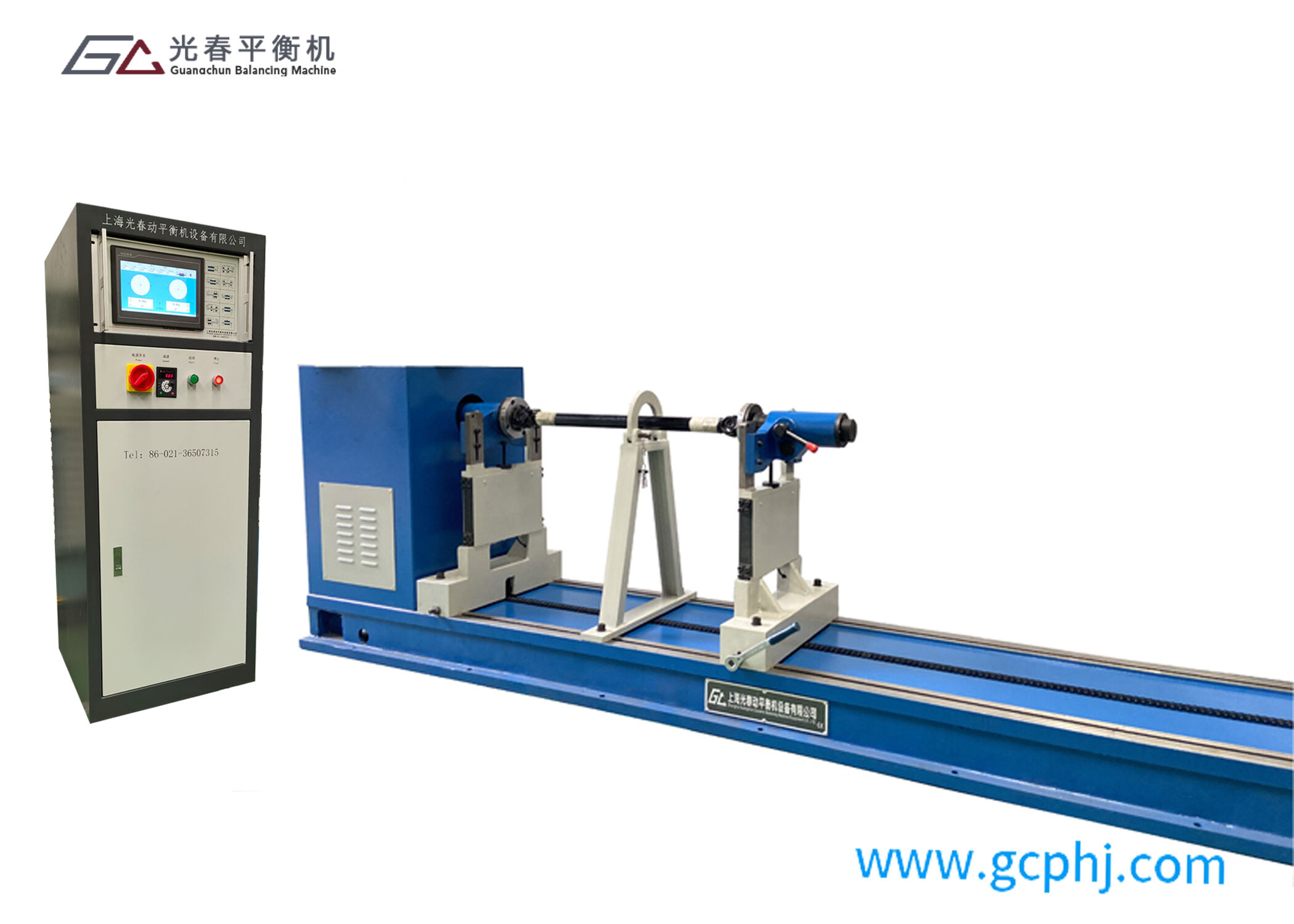Understanding the Critical Role of Balanced Driveshafts in Modern Vehicles
A properly balanced driveshaft is one of the most crucial yet often overlooked components of vehicle safety and performance. As the primary mechanism responsible for transferring power from your vehicle's engine to its wheels, the driveshaft must operate with precise balance to ensure smooth operation and prevent potentially dangerous situations on the road. When driveshaft balancing is neglected, it can lead to a cascade of issues that affect not only your driving experience but also your safety and vehicle longevity.
Modern vehicles rely heavily on perfectly calibrated driveshaft systems to maintain optimal performance. Whether you're driving a compact car, a robust SUV, or a heavy-duty truck, the principle remains the same: a balanced driveshaft is essential for safe and efficient power transmission. Understanding this critical component can help you make informed decisions about your vehicle's maintenance and ensure its reliable operation for years to come.
The Science Behind Driveshaft Dynamics
Physical Principles of Rotational Balance
The physics behind driveshaft balancing involves complex principles of rotational dynamics. When a driveshaft spins, it must maintain perfect balance around its center axis to prevent vibration and stress. Even minimal imbalances can create centrifugal forces that multiply significantly at high speeds, potentially leading to severe mechanical issues.
Professional driveshaft balancing requires sophisticated equipment that can detect even the slightest irregularities in weight distribution. These machines measure both static and dynamic balance, ensuring that the shaft maintains stability throughout its entire rotation cycle. This precision is crucial as modern vehicles often operate at high speeds where even minor imbalances can create significant problems.
Impact of Speed on Driveshaft Performance
As vehicle speed increases, the effects of an unbalanced driveshaft become exponentially more pronounced. At higher RPMs, even slight imperfections in balance can create substantial vibrations that transfer throughout the vehicle's chassis. These vibrations not only affect comfort but can also lead to premature wear of other components, including bearings, universal joints, and transmission parts.
Understanding the relationship between speed and driveshaft performance is crucial for both maintenance technicians and vehicle owners. A properly balanced driveshaft should operate smoothly across all speed ranges, from low-speed city driving to highway cruising speeds.

Signs of Driveshaft Imbalance
Vibration Patterns and Their Meanings
Different types of vibrations can indicate various driveshaft issues. A constant vibration that increases with speed often points to basic driveshaft balancing problems. However, vibrations that occur at specific speeds or during acceleration might indicate more complex issues requiring immediate attention.
Experienced mechanics can often diagnose driveshaft problems by analyzing the specific characteristics of these vibrations. The frequency, intensity, and timing of vibrations all provide valuable diagnostic information that helps identify the root cause of the imbalance.
Auditory Indicators of Problems
Unusual noises often accompany driveshaft balancing issues. Clunking, whining, or humming sounds, particularly those that change with vehicle speed, can indicate potential driveshaft problems. These sounds might start subtly but typically become more pronounced as the imbalance worsens.
It's essential to address these auditory warnings promptly, as they often precede more severe mechanical failures. Regular inspection and maintenance can help catch these issues before they develop into major problems requiring costly repairs.
Professional Balancing Techniques and Equipment
Modern Balancing Technology
Today's driveshaft balancing equipment utilizes advanced computer systems and precision sensors to achieve optimal results. These machines can detect imbalances to within fractions of an ounce and provide detailed data about where corrective weights should be placed. The technology has evolved significantly, allowing for more accurate and efficient balancing procedures than ever before.
Professional shops use sophisticated electronic balancing machines that can simulate real-world operating conditions. These devices measure both single-plane and dual-plane imbalances, ensuring comprehensive correction of any rotational irregularities.
Calibration and Testing Procedures
The process of driveshaft balancing involves multiple steps and precise measurements. Technicians must first clean and inspect the driveshaft for any obvious damage or wear. The shaft is then mounted on the balancing machine, which spins it at various speeds to collect data about its rotational characteristics.
After initial measurements, weights are strategically added or removed to achieve optimal balance. The process often requires several iterations of testing and adjustment to achieve the desired results. Final testing ensures that the driveshaft maintains proper balance across its entire operating range.
Maintenance and Prevention Strategies
Regular Inspection Protocols
Implementing a regular inspection schedule is crucial for maintaining proper driveshaft balance. These inspections should include visual checks for signs of wear, damage, or corrosion. Professional technicians can spot early warning signs that might not be apparent to the average vehicle owner.
Documentation of these inspections helps track the driveshaft's condition over time and can help predict when balancing or replacement might be necessary. This proactive approach can prevent unexpected failures and extend the life of your vehicle's drivetrain components.
Preventive Maintenance Schedule
Following a comprehensive maintenance schedule that includes regular driveshaft balancing can significantly reduce the risk of mechanical failures. This schedule should be based on factors such as vehicle type, usage patterns, and operating conditions. Regular maintenance might include lubrication of universal joints, inspection of mounting hardware, and periodic professional balance checks.
Professional technicians can help develop a customized maintenance plan that takes into account your specific vehicle and driving conditions. This tailored approach ensures optimal performance while maximizing the lifespan of your driveshaft and related components.
Frequently Asked Questions
How often should driveshaft balancing be performed?
Driveshaft balancing should typically be checked every 30,000 to 50,000 miles, depending on your vehicle's usage and operating conditions. However, if you notice any unusual vibrations or noises, immediate inspection is recommended regardless of mileage.
What are the costs associated with driveshaft balancing?
Professional driveshaft balancing typically costs between $100 and $300, depending on your vehicle type and location. This investment is minimal compared to the potential costs of repairs needed if imbalance issues are left unaddressed.
Can I drive with an unbalanced driveshaft?
While technically possible, driving with an unbalanced driveshaft is not recommended. It can lead to accelerated wear of other components, reduced fuel efficiency, and potentially dangerous driving conditions. Always address driveshaft balancing issues promptly to ensure safety and prevent more extensive damage.




